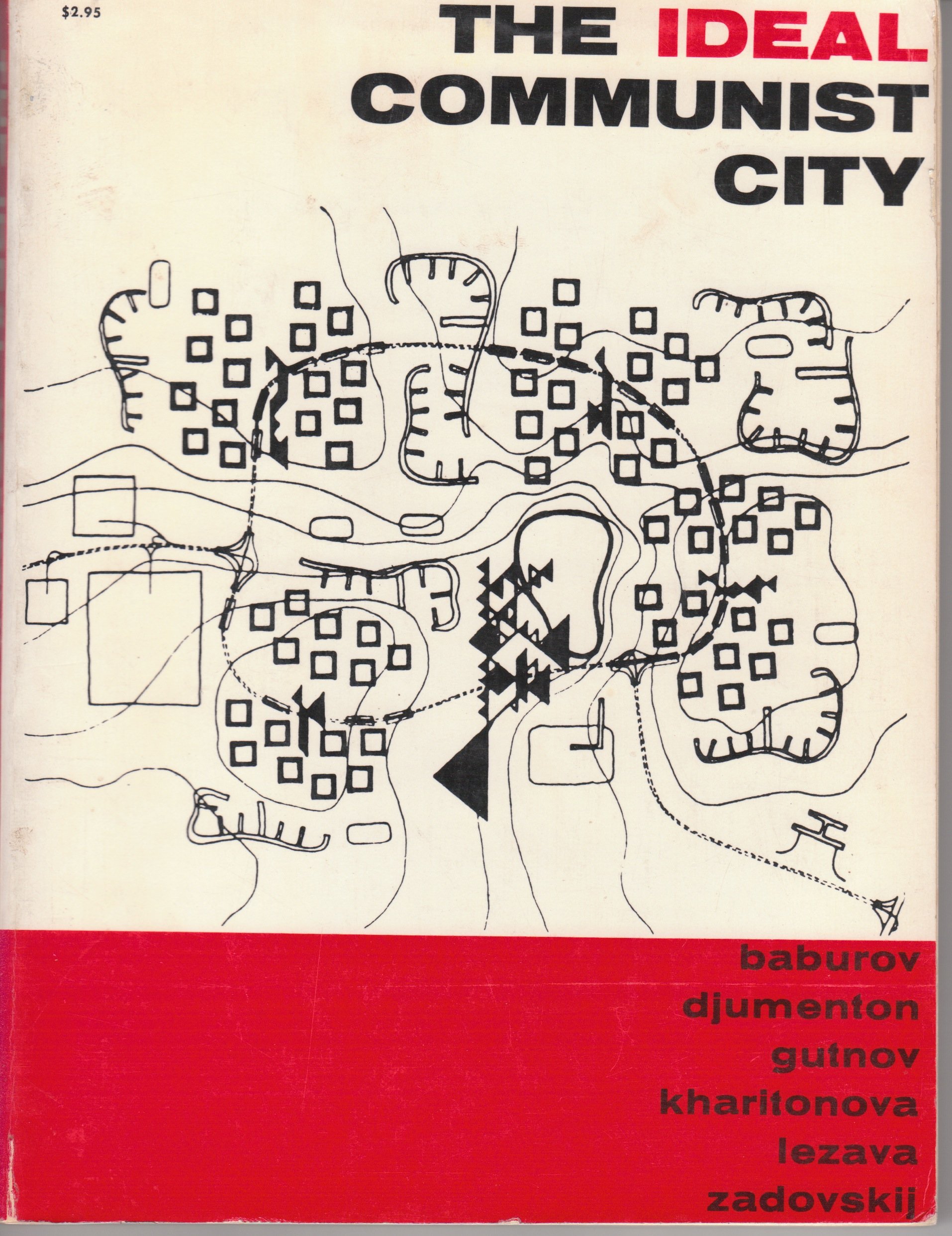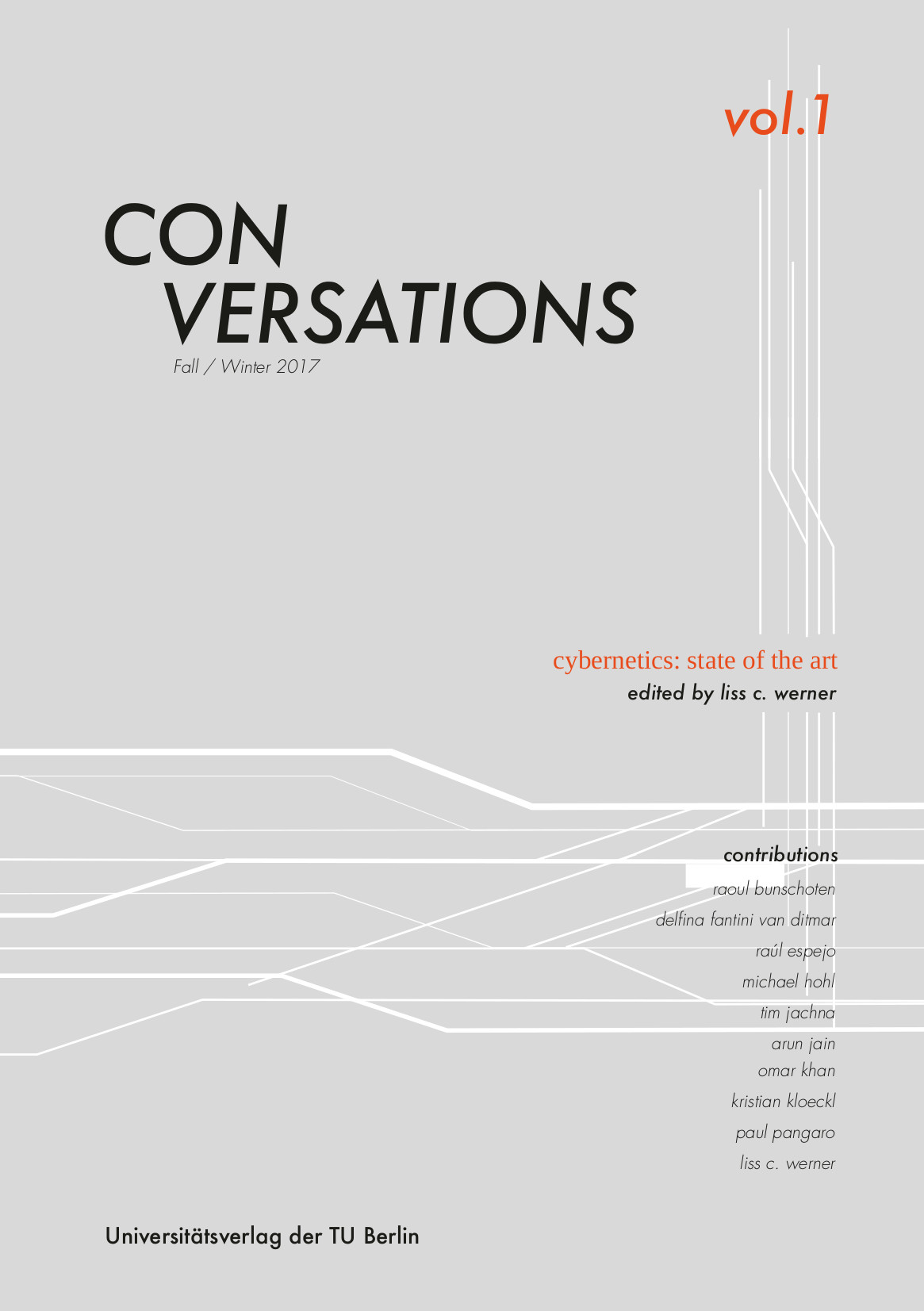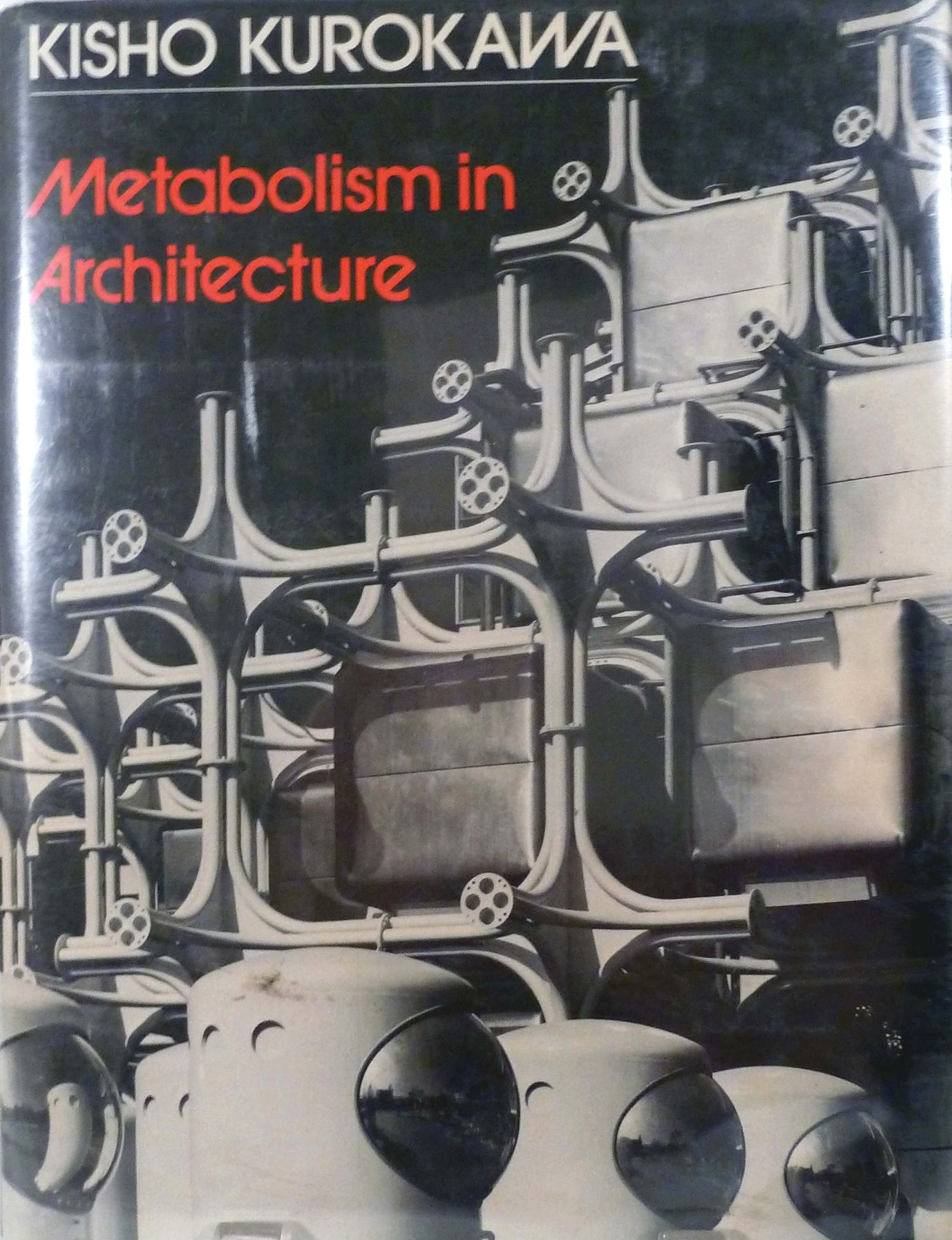Alexei Gutnov, et al: The Ideal Communist City (1966–) [RU, EN]
Filed under book | Tags: · architecture, city, communism, constructivism, marxism, urban planning, urbanism

“The Soviet group of architects New Element of Settlement (NER) was invited to the 1968 Milan Triennale by Giancarlo De Carlo, following the publication of their influential book NER, On the Way to a New City (1966). They were asked to present their plans for an ideal communist city in the section devoted to “transformations of the physical environment.” Their installation was one of the few in the exhibition that provided a critical response to the culture of consumerism, in tune with ongoing student revolts.
The concept of NER was first developed in 1957 as a diploma project by graduates of the Moscow Institute of Architecture (MArkhI). As students, NER members studied the elements of the city, its quantitative and qualitative characteristics, eventually dismissing traditional planning principles in favor of a new approach to urban development as a dynamic process. Drawing on Marxism, they sought to provide a spatial agenda for the communist ideology, representing the younger generation of thinkers in the radical split of the Soviet architectural profession following de-Stalinization. They actively criticized the state of Soviet urban planning, arguing that “today, the city is not fulfilling its primary purpose to be an organic living environment.”
In late 1968, De Carlo wrote an introduction for NER’s influential publication, The Ideal Communist City. In their radical proposal, NER attempted to provide a spatial agenda for Marxism, drawing both from the Communist Manifesto and the Constructivist avant-garde of the 1920s. NER’s new city was based on creative communication in a classless society, in which the city was no longer dependent on its industrial center but instead formed around a center of communication, independent from the economic characteristics of the city. The major shift brought in by this new urban wave—later implemented by one of its members, Alexei Gutnov, within the curriculum of MArkhI—was to see the city as a living organism, in which cells would be born and eventually die. This led to a change in the status of architectural form: it was conceived as temporary and mobile—its birth implied the process of its imminent destruction. This approach anticipated the later understanding of architecture as an activity or as environment—form was no longer relevant because it hindered the organic processes within the dying city. The system emphasized the correspondence between urban structures and social relationships in communism, based on the reading of the urban plan as “simultaneously a symbol of the idea and a program for its realization.”” (Masha Panteleyeva, Radical Pedagogies)
English edition
By Alexei Gutnov, A. Baburov, G. Djumenton, S. Kharitonova, I. Lezava, S. Sadovskij, of Moscow University
Translated by Renee Neu Watkins
Preface by Giancarlo de Carlo
Publisher George Braziller, New York, [1971]
i Press Series on the Human Environment
ISBN 080760576X 9780807605769
166 pages
via Outlaw Urbanist
Reviews: Kenneth Frampton (Architectural Forum, 1972), Outlaw Urbanist (2016).
Commentary: Alicia Kurimska (Center for Opportunity Urbanism, 2015).
Novyy element rasseleniya: na puti k novomu gorodu (Новый элемент расселения: на пути к новому городу, Russian, 1966, 22 MB, via)
The Ideal Communist City (English, trans. Renee Neu Watkins, [1971], 4 MB)
Liss C. Werner (ed.): Cybernetics: State of the Art (2017)
Filed under book | Tags: · architecture, city, cybernetics, design, systems theory, theory, urban design, urbanism

“Driven by cybernetic thinking, this book engages with pressing questions for architecture, urban planning, design and automated infrastructure; in an age of increasing connectivity, AI and robotization and an evolutionary state of the Anthropocene – perpetuating angst-ridden anxiety as well as excitement and joy of a future, that we will be able to predict with less and less certainty. The book discusses cybernetic principles and devices developed in the late 20th century – mainly developed by Ross Ashby and Gordon Pask (second-order cybernetics), to learn from for a future of mutual relationship and conversation between man and machine.
The anthology reviews and previews cybernetics as design strategy in computational architecture, urban design and socio-ecological habitats – natural and artificial. It weaves together cybernetic-architectural theories with applications and case studies ranging from regional planning to the smart home.
Nine chapters written by an international group of authors are structured into two complimenting parts. While ‘A Concept and a Shape’ focuses on the history and theory of cybernetics, its temporary disappearance and future impact (Raúl Espejo, Michael Hohl, Paul Pangaro, Liss C. Werner), ‘System 5’ – relating to Stafford Beer’s project ‘Cybersyn’ – discusses applications, the role of the individual and human feedback; also with a strong theoretical underpinning (Raoul Bunschoten, Delfina Fantini van Ditmar, Timothy Jachna, Arun Jain, Kristian Kloeckl).”
With foreword by Omar Khan
Publisher Universitätsverlag der TU Berlin, Berlin, Nov 2017
Con-versations series, 1
Creative Commons BY 4.0 International License
ISBN 9783798329539
xxvii+173 pages
Kisho Kurokawa: Metabolism in Architecture (1977)
Filed under book | Tags: · architecture, city, history of architecture, media, metabolism, urbanism

A collection of essays on the emergence and continued theorization regarding the architectural movement known as Metabolism.
“This book is a collection of my most important works-in architecture and theoretical writing -from the period 1960 to 1975. I have chosen the title Metabolism in Architecture despite the fact that the Metabolist group, formed in 1960, now carries on virtually no activity as a group, and despite the many changes in my work and thought in the fifteen years since the Metabolist movement began. The word ‘metabolism’ nevertheless stands in order to secure a wider understanding of the concept and because there is value in using it in this extended sense. I was also led to select this title out of a desire to reflect upon and organize the relation between my writings and works of these fifteen years and Metabolist thought.
For the convenience of the reader the book is organized into four chapters. The architecture and writings are not in chronological order, although the date at which each work was designed or written is important to me. As we live in an international society with rapid communication in which we are constantly open to new influences the date for each piece indicates the spirit in which it was written.
Although I reject traditionalism, I attach great importance to the influence which the culture of one country may exert on another. It is my belief that the cultures of different countries will stand individually but together, allied with technology, to provide the future language of architecture. That modern architecture appears diffuse is proof that the cultures of different regions each contribute to the language of modern architecture, and as a result modern architecture will probably come to speak not with a lingua franca but with a complex and many-faceted language.” (from Preface)
Publisher Studio Vista, London, 1977
ISBN 0289707331, 9780289707333
208 pages
via ARG
PDF (62 MB)
Comment (0)
